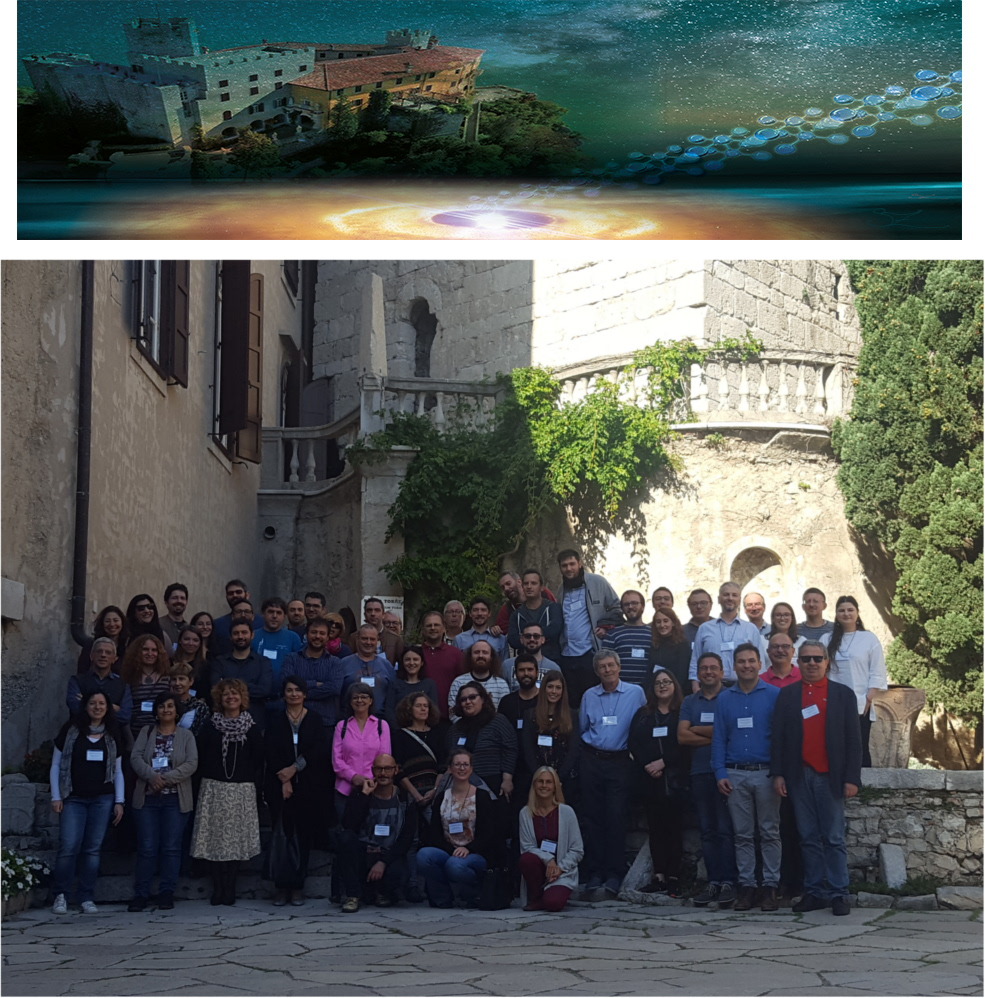The first detection of an interstellar diatomic molecule came as a surprise, given the harsh conditions of the interstellar medium. Eighty years later, more than 50 interstellar molecules with six atoms or more have been discovered, almost half of which in regions that will eventually form planetary systems like our own Solar System. What is more, the backbone of all these large molecules,...
Some of the best sources to study the richness and complexity of chemistry in the interstellar medium, are Hot Molecular Cores (HMCs), the birthplaces of high mass stars. Spectra of these sources show a very high density of molecular lines, including emission from hydrogenated species, O-bearing species, N-bearing species, deuterated molecules and interstellar Complex Organic Molecules...
The role of the pre-solar chemistry in the chemical composition of the Solar System bodies is far to be understood. Which is the importance of presolar heritage? The molecular complexity builds up at each step of the process leading to star formation, starting from simple molecules and ending up in interstellar Complex Organic Molecules (iCOMs). How these molecules are formed in the harsh...
It is well known that the $^{14}$N/$^{15}$N isotopic ratio found for the proto-Solar nebula (PSN), 440 (Marty et al. 2010), is significantly higher than that measured in pristine Solar System materials, like comets ($\sim$140, Hily-Blant et al. 2017 and references therein) and carbonaceous chondrites ($\sim$50-250, e.g. van Kooten et al. 2017). This suggests a local chemical enrichment of...
Since the first attempts to explain the abundance of deuterated species in interstellar objects, it has been assumed that gas-phase reactions involving partially or per-deuterated species occur with the same efficiency as those involving molecules containing only protium (Millar, Bennet, Herbst, 1989). Not only that: in the cases where two or more sets of products are possible, the yield is...
Light nitrogen hydrides as imidogen (NH), amidogen (NH$_2$) and ammonia (NH$_3$) are located at the very beginning of the reaction network which leads to the formation of complex species, and are thus of primary importance to constrain the models describing nitrogen chemistry in the ISM. They are formed by a chain of hydrogen abstraction reactions starting from:
N$^+$ + H$_2$...

